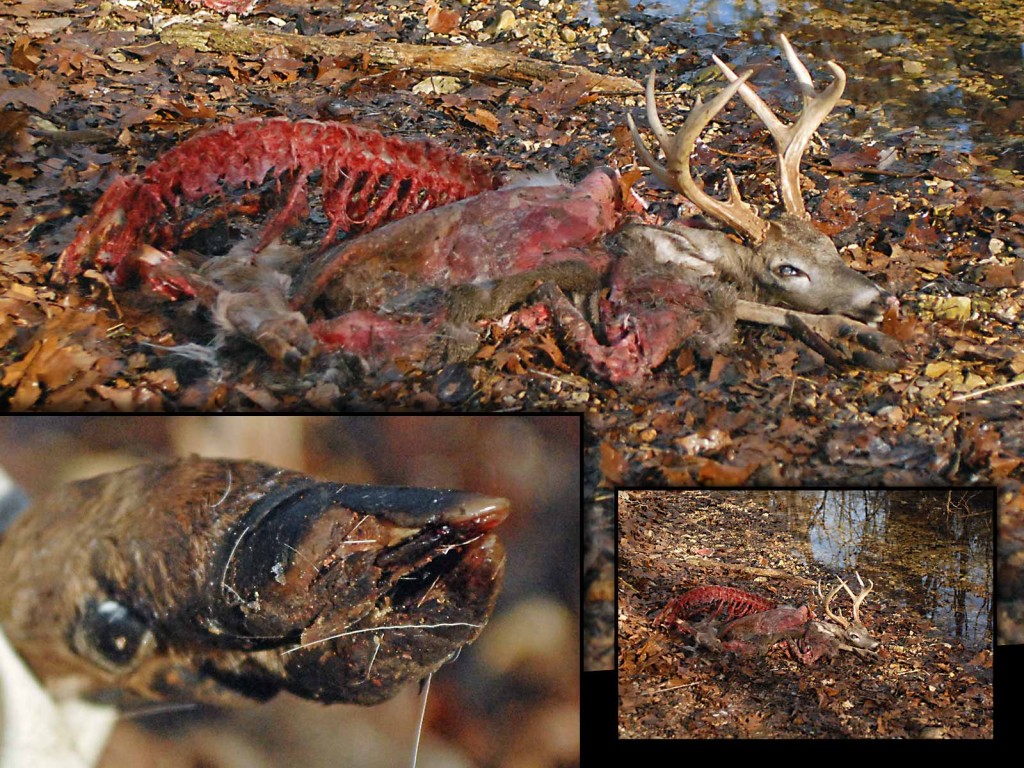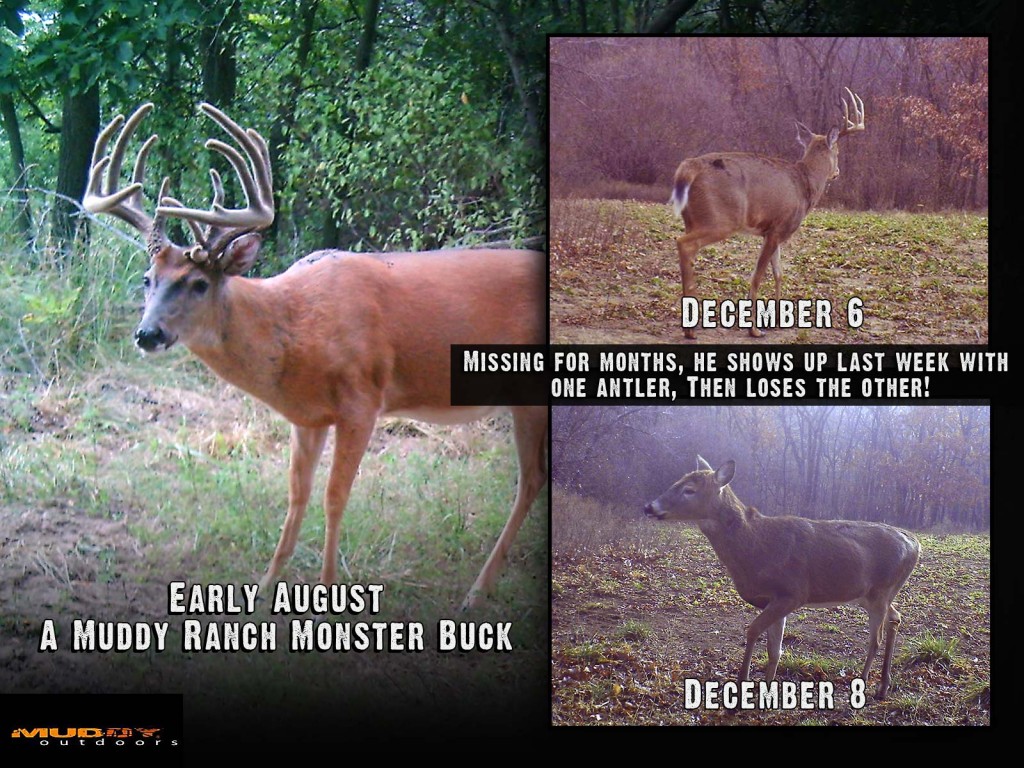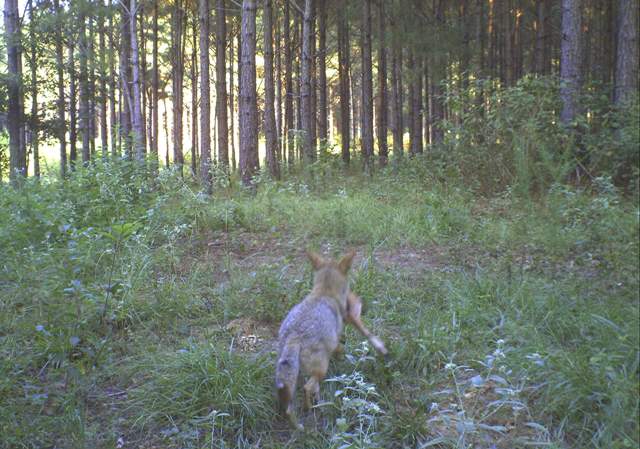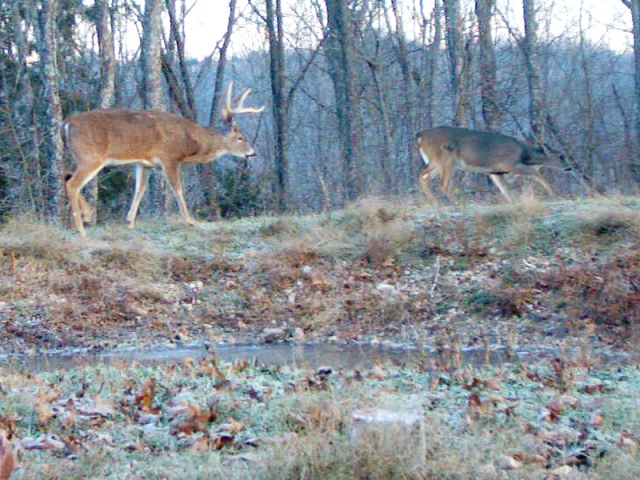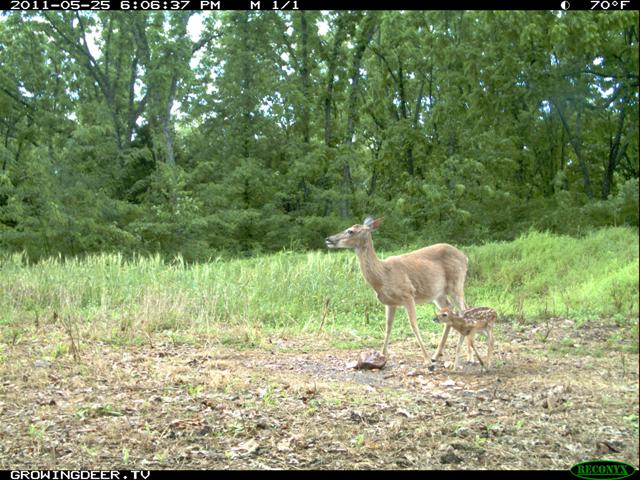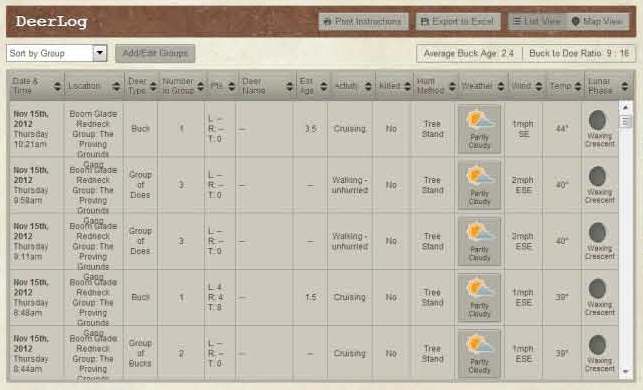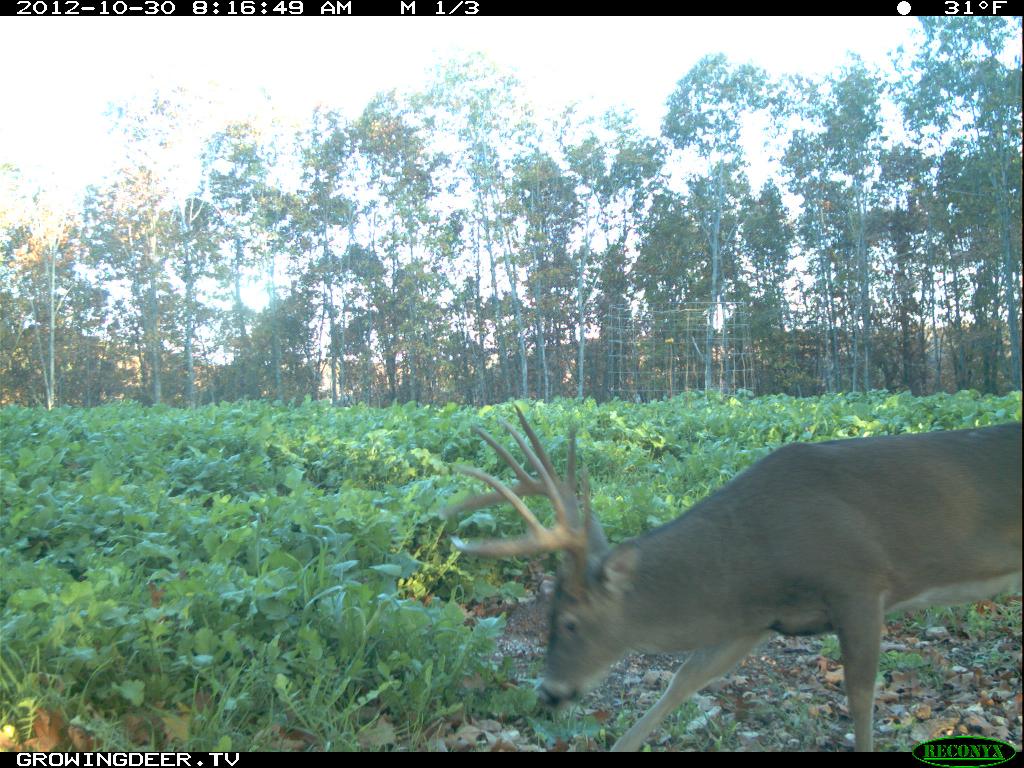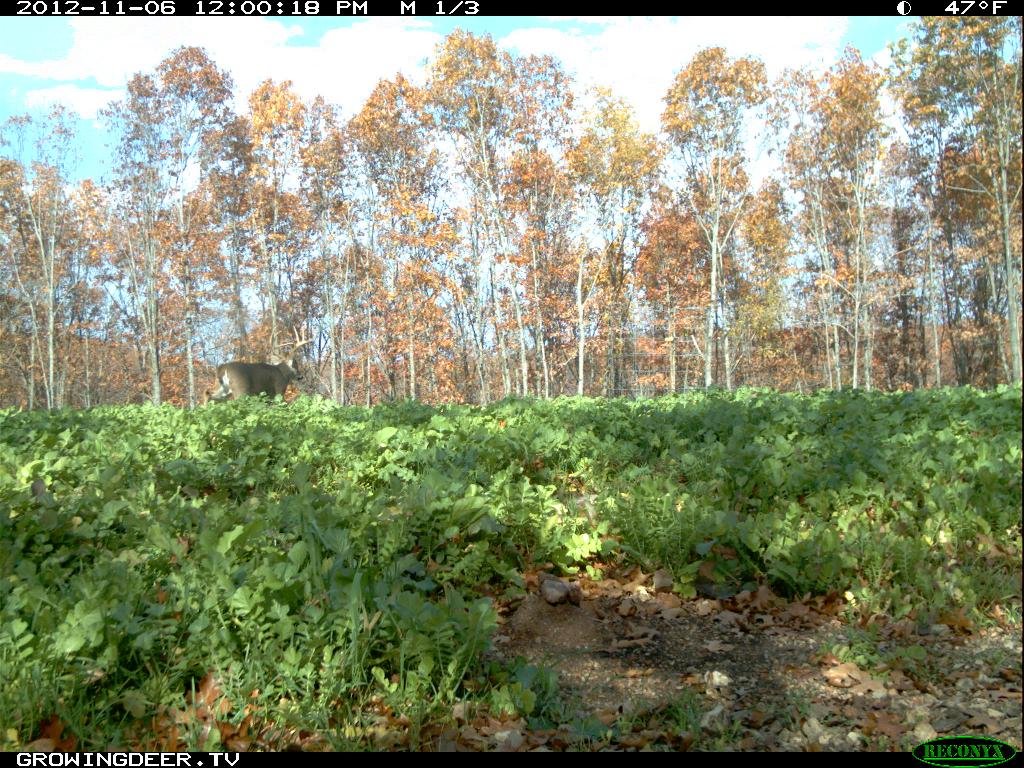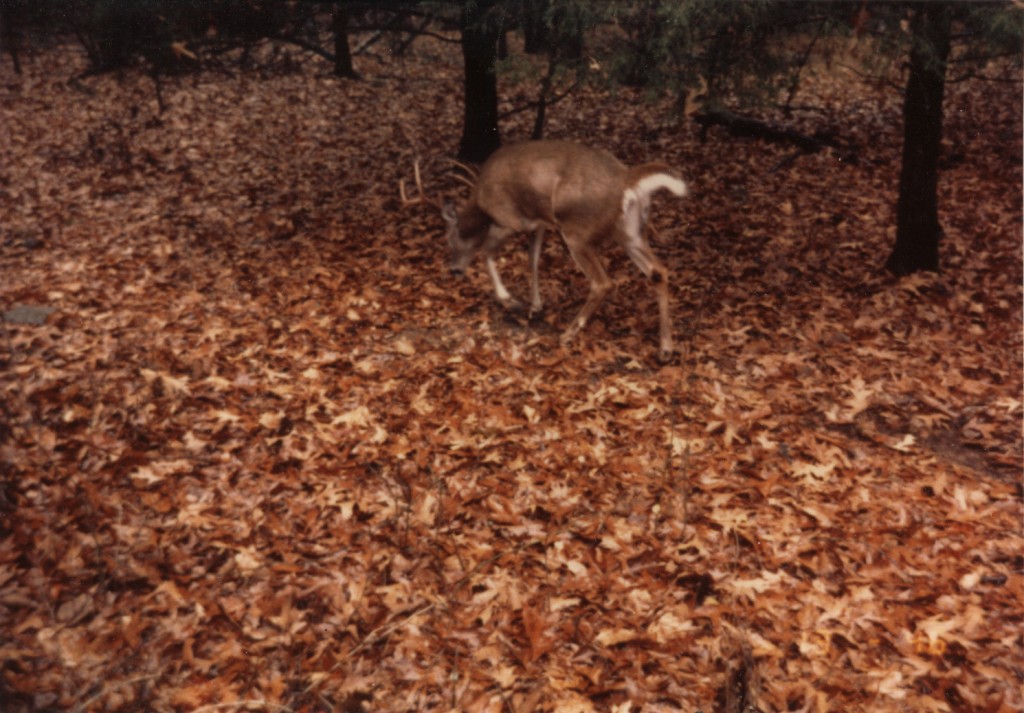Coyotes and Whitetails
Adam and Brian are in Kansas filming a late season bow hunt. Yesterday afternoon about prime time some does and young bucks were in the food plot Adam and Brian were watching as they eagerly waited for a mature buck to approach. Then several of the deer on one side of the field sprinted away with two coyotes in pursuit. Many hunters have shared this observation with me recently – seeing deer chased by coyotes.
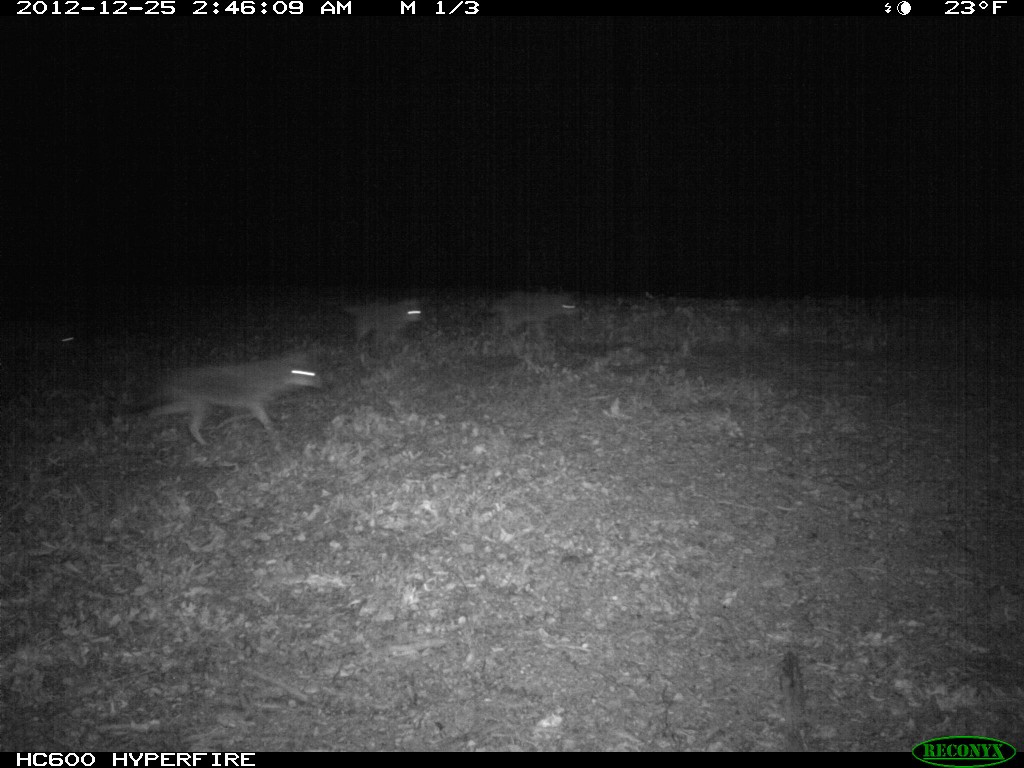
Many hunters have shared seeing deer chased by coyotes recently.
Several research projects during recent years has documented that coyotes are killing a significant portion of fawns in some areas. It’s also been documented that coyotes (and other predators) can cause significant stress or mortality to adult deer.
Even if this research hasn’t been repeated in the state where you hunt, you can look for signs of predator/prey populations being out of balance toward predator species. Do you often see adult deer being stalked or chased by coyotes? Do deer where you hunt act extremely wary or alert when a coyote howls? Do you get trail camera pictures of multiple coyotes together?
Coyotes weren’t considered to be pack hunters when I was in graduate school (many years ago). However, coyotes have been documented to have interbred with gray wolves in the northeastern states and Canadian provinces. Large “coyotes”, such as 80+ pounds, have been documented in states as far south as my home state of Missouri.
Genetic testing has shown that some of the large “coyotes” are actually wolf/coyote hybrids while others are dog/coyote hybrids. In both cases these hybrids are certainly capable of killing adult deer, and tend to hunt in packs more than pure coyotes.
Coyotes (and other predators) were hunted frequently when I was a child by farmers that were protecting their stock and by trappers that gained income by selling their pelts, glands, etc. However, the number of farmers, ranchers, and trappers has decreased substantially during the past 20 years.
The number of coyotes has increased significantly in many states as well as the average size of coyotes in some areas. It’s time for hunters to help bring back a healthy balance between predators and prey species in many areas. I’m loading up my Winchester ammo and FoxPro caller and going out to do my part.
Growing Deer together,
Grant



